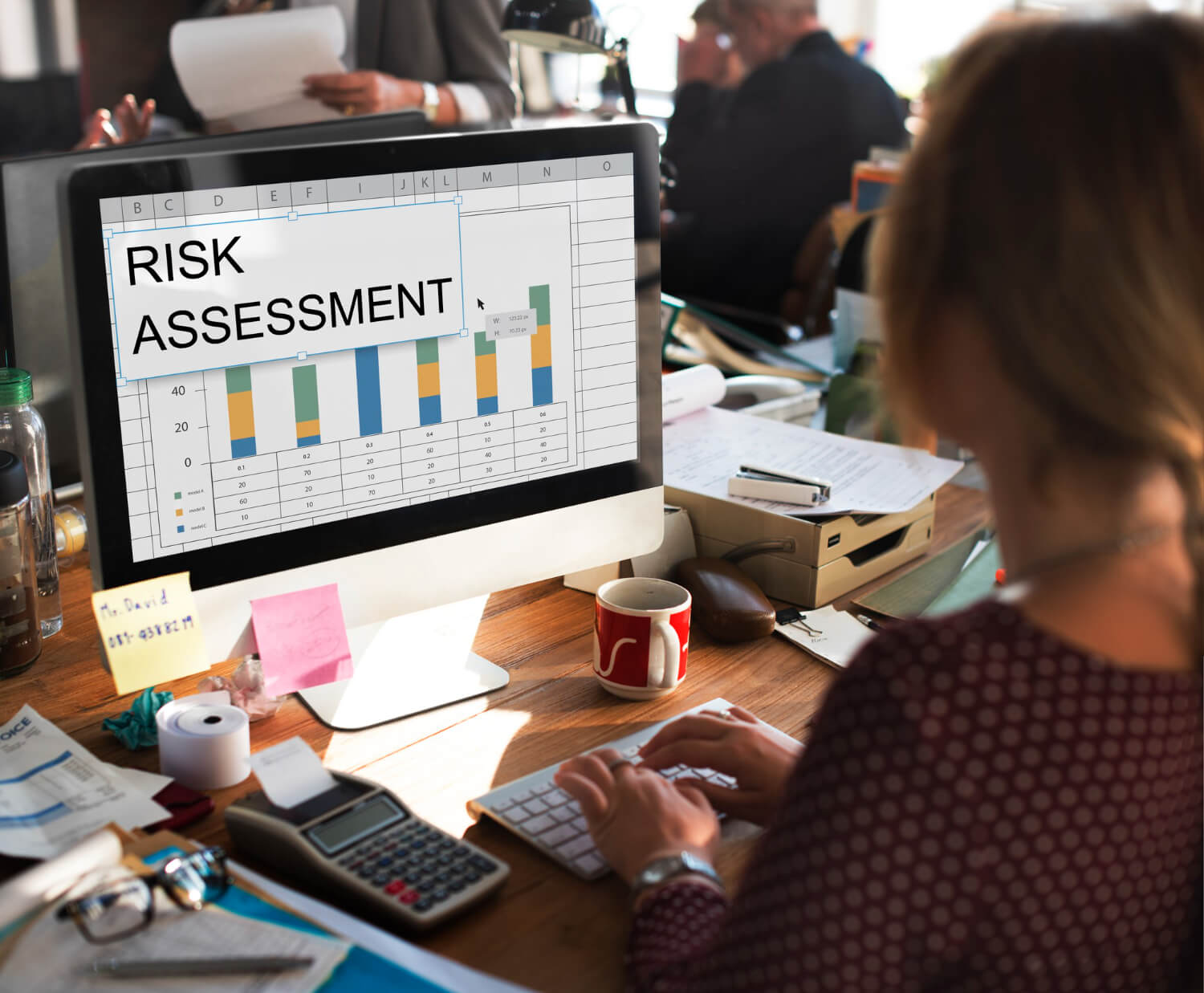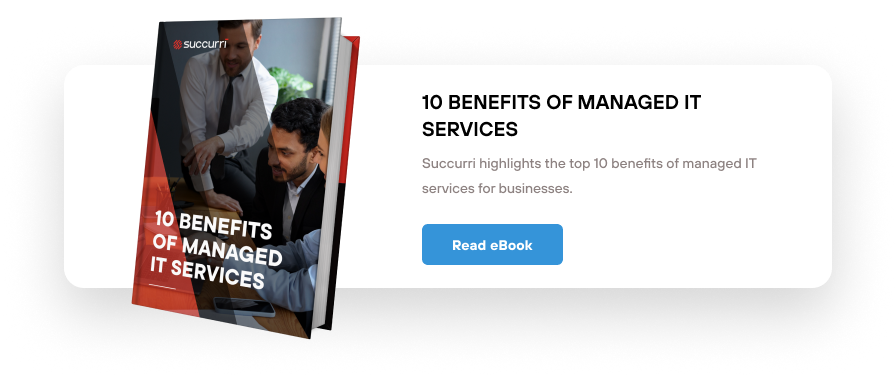Information security is vital to businesses today. IT risk assessment identifies and mitigates potential threats to a company’s technology infrastructure.
Our comprehensive guide will help you master the process. From understanding risk assessment methodologies to implementing effective IT security risk assessment methodologies, this guide covers it all.
IT Security Risk Assessments: An Overview
What are IT Security Risk Assessments and what does the process involve? Generally, it involves identifying, assessing, and prioritizing potential security threats to a company’s IT infrastructure.
Main Goal of IT Risk Assessments?
The primary goal of this assessment is to identify threats and vulnerabilities within the organization’s IT systems and determine the likelihood and potential impact of any security incidents.
A team of IT security experts typically conducts the assessment using various industry-standard techniques and tools to identify potential risks.
Why is an IT Security Risk Assessment so Important?
By conducting a thorough IT risk assessment, organizations can identify and prioritize potential threats to their IT infrastructure and data.
This proactive approach enables businesses to implement appropriate controls and measures to minimize the impact of these risks.
Compliance and Protection
IT risk assessment is important for businesses to comply with regulations and protect sensitive information.
Regular assessments help identify vulnerabilities and potential impacts, allowing businesses to take preventive measures to strengthen their security posture and protect valuable assets from cyber threats.
Steps to conducting a successful IT risk assessment
To conduct a successful IT risk assessment, professionals should follow a systematic and comprehensive approach. The following steps outline the key components of the process:
1. Identify assets and stakeholders:
To begin with, it’s important to identify all the assets that your organization possesses that could be vulnerable to potential risks. These assets may consist of hardware, software, networks, and data.
Moreover, it is crucial to identify the stakeholders who are responsible for these assets, as their input is significant in assessing risks accurately.
2. Assess threats and vulnerabilities:
After identifying your company’s assets and stakeholders, it is important to assess the potential threats and vulnerabilities that could affect them.
It is recommended to review historical data, and industry reports and conduct stakeholder interviews. This helps to gain insight into the types of risks your organization may face.
As a result, proactively address any potential security concerns and ensure the safety of your assets and stakeholders.
3. Evaluate the likelihood and impact:
Evaluate the likelihood of each identified threat occurring and the potential impact it could have on your assets. Assign numerical values or rating scales to quantify these factors, which will help in prioritizing risks effectively.
4. Implement controls and mitigation measures:
Develop and implement controls and mitigation measures to minimize potential impacts, including technical safeguards, training programs, and incident response plans based on identified risks.
5. Monitor and review:
Regularly monitor and review the effectiveness of the controls and mitigation measures implemented. Assess any changes in the threat landscape and update your risk assessment accordingly.
Develop mitigation controls (technical safeguards, training programs, and incident response plans) based on identified risks to minimize potential impacts.
Identifying potential risks and vulnerabilities
– Identifying risks and vulnerabilities is a crucial step in understanding potential threats to your organization.
– To effectively identify potential risks and vulnerabilities, professionals should conduct a thorough analysis of the organization’s infrastructure, stay updated with the latest industry trends, engage with stakeholders and subject matter experts, and leverage tools and technologies that can assist in risk identification.
Assessing the impact and likelihood of each risk
Professionals use impact and likelihood assessments to prioritize their efforts and allocate resources effectively in the IT risk assessment process.
The impact assessment involves analyzing the potential consequences of a risk on various aspects of the organization, whereas likelihood assessment involves evaluating the probability of a risk occurring.
By combining these assessments, professionals can prioritize risks based on their potential impact and the likelihood of occurrence, enabling them to allocate resources systematically and implement mitigation measures.
Developing a risk mitigation strategy
Developing a risk mitigation strategy is a critical aspect of the IT risk assessment process. Once professionals have identified, prioritized, and assessed risks, the next essential step is to determine how best to manage and reduce them.
A risk mitigation strategy involves putting measures in place to prevent or minimize the impact of identified risks. This can include implementing controls and security measures, conducting regular audits, and establishing contingency plans.
Developing a Risk Mitigation Strategy
Several factors should be considered when developing a risk mitigation strategy, such as the cost and feasibility of implementing controls, the effectiveness of each mitigation measure, and the specific needs and objectives of the organization.
Professionals must work in collaboration with key stakeholders, including senior management and IT staff, to develop a comprehensive risk mitigation strategy. By involving all relevant parties, professionals can ensure that the strategy aligns with the organization’s overall goals and objectives.
Implementing controls and monitoring progress
The IT risk assessment process involves developing a risk mitigation strategy and implementing controls to prevent or minimize risks. Professionals should identify appropriate controls based on the specific risks they are addressing.
Once controls are in place, it is important to regularly monitor their effectiveness through audits, vulnerability assessments, and penetration testing.
Continuously monitoring progress allows professionals to identify and correct any weaknesses or gaps in the controls.
Regularly reviewing and updating the risk assessment process
Regularly reviewing and updating the risk assessment process is crucial for professionals in the IT industry to identify and mitigate risks proactively.
Professionals should establish a regular schedule for reviewing and updating their methodology and make any necessary adjustments. This process may involve gathering feedback, analyzing incident reports and trends, and staying informed about emerging threats.
By doing so, professionals can ensure that their organization stays ahead of potential risks and maintains a strong security posture.
Collaboration and communication are also important in the IT risk assessment process.
The benefits of mastering the IT risk assessment process
Professionals can gain several benefits by mastering the IT risk assessment process.
By investing time and effort into understanding and refining their methodology, they can accurately identify and prioritize potential risks, enhance decision-making capabilities, and foster a culture of risk awareness within the organization.
Taking control of your organization’s IT risks with Succurri
Contact Succurri to discover how leveraging technology can help professionals take control of their organization’s IT risks.






